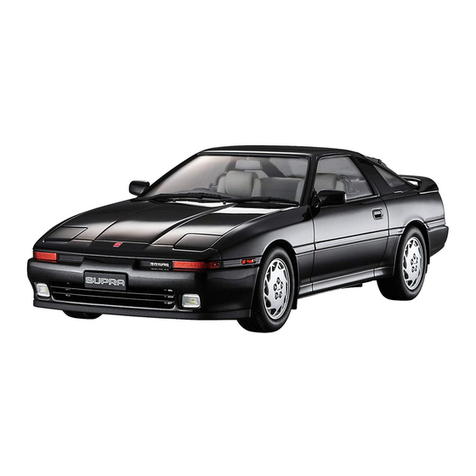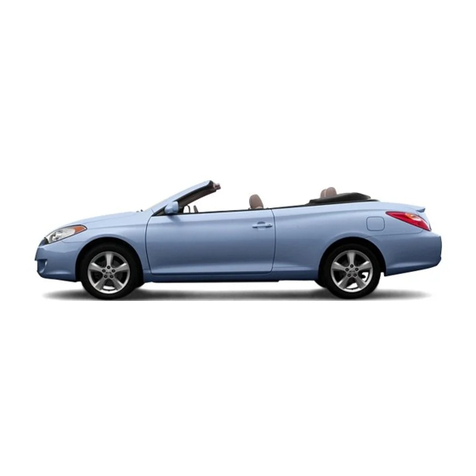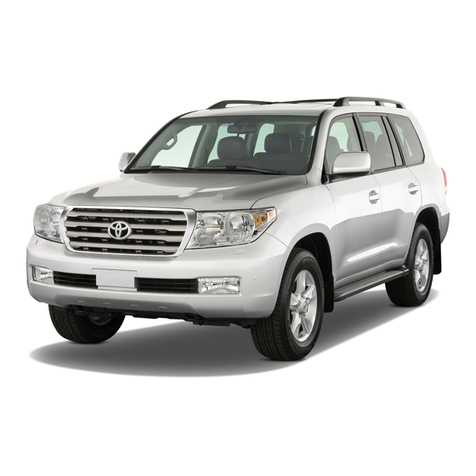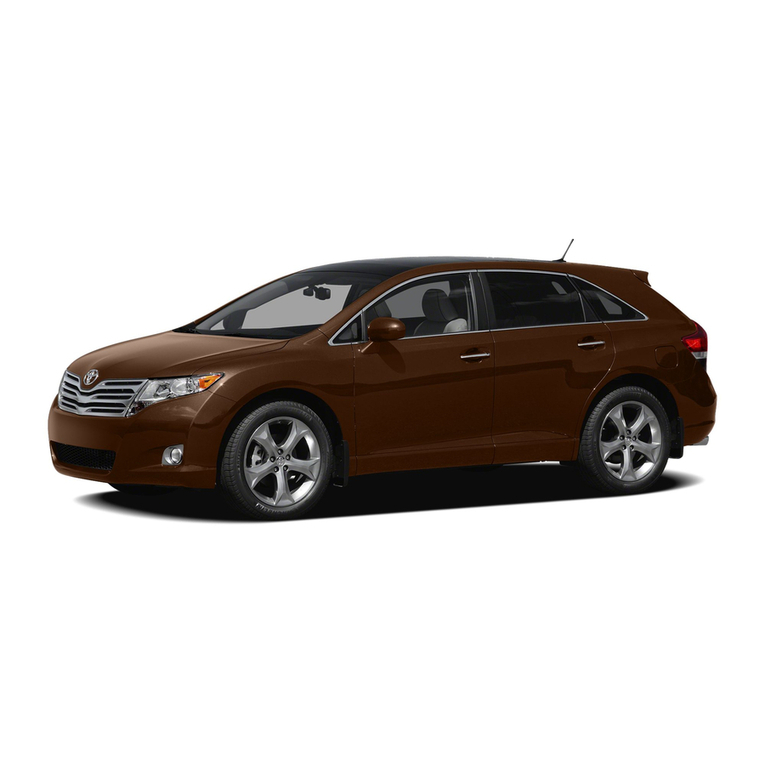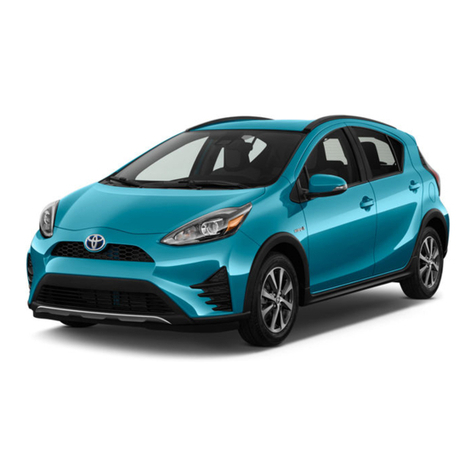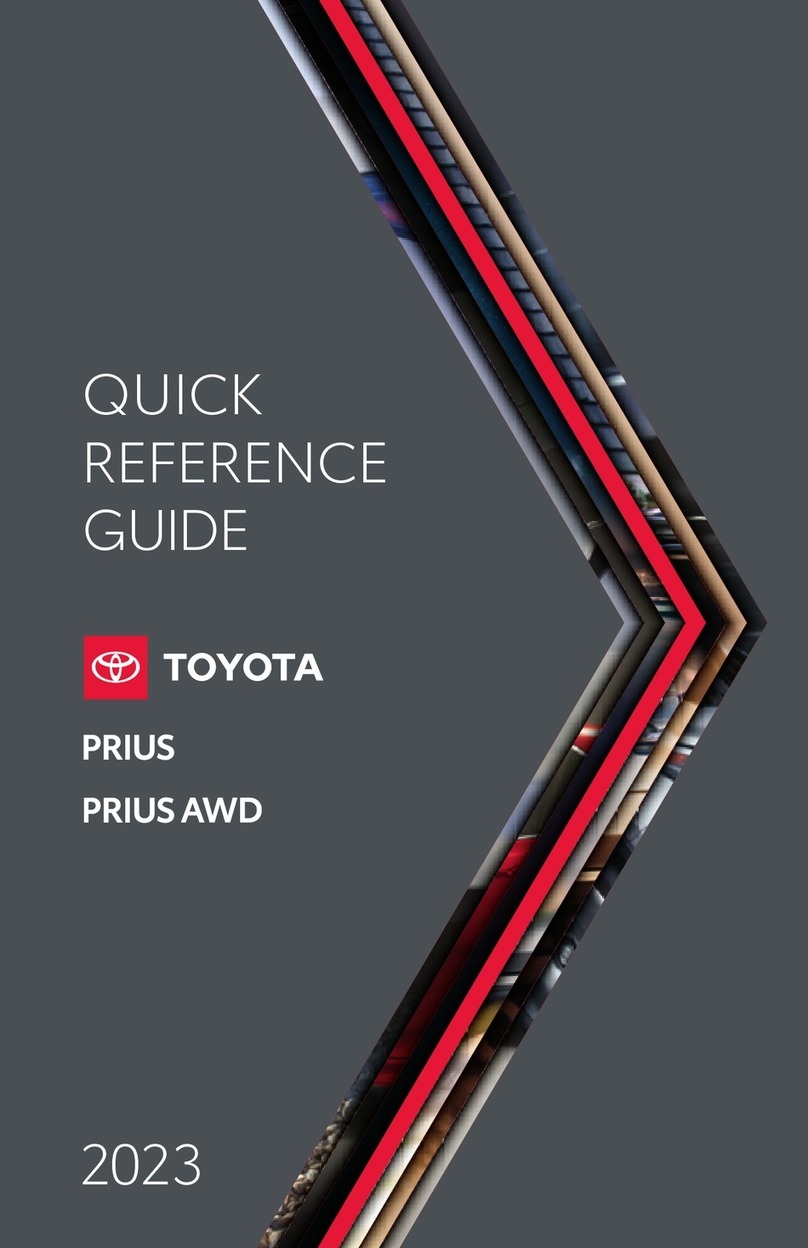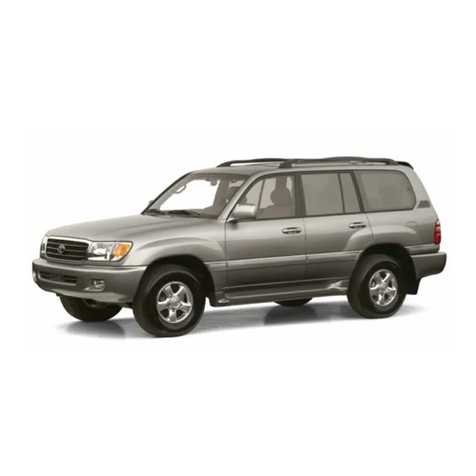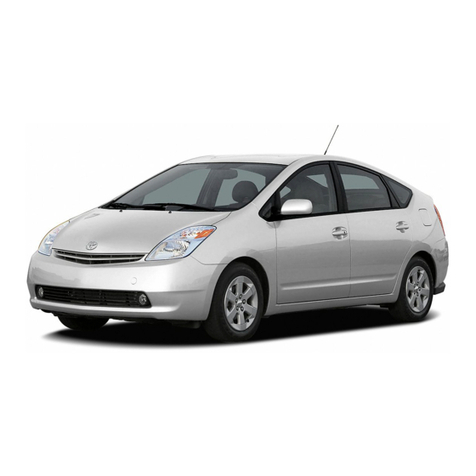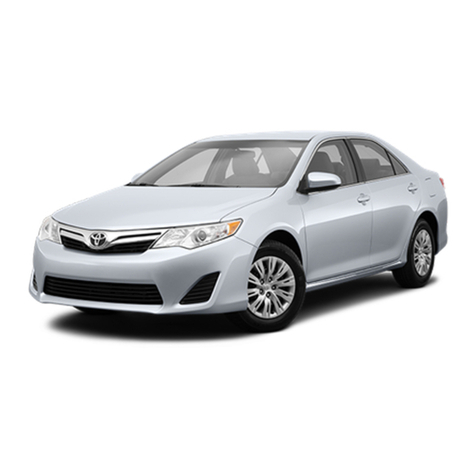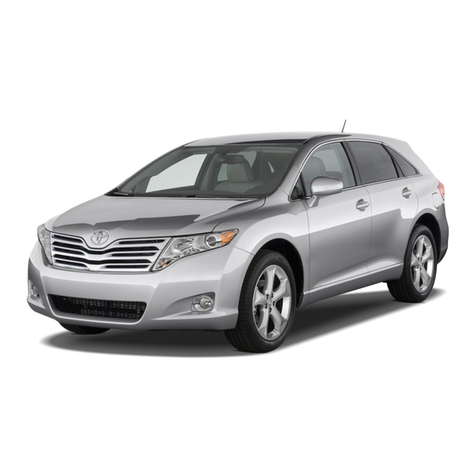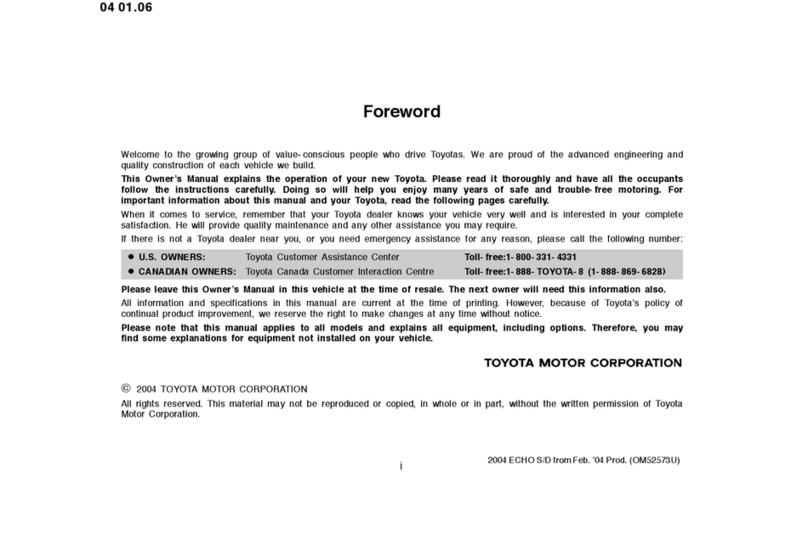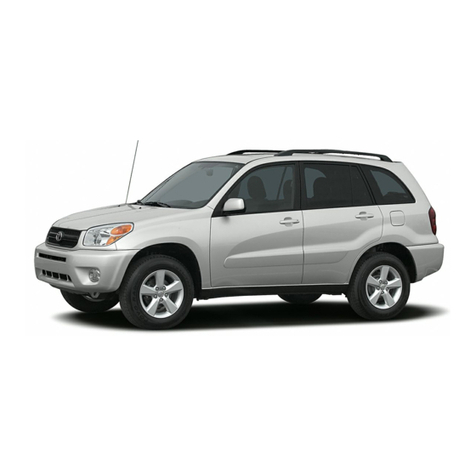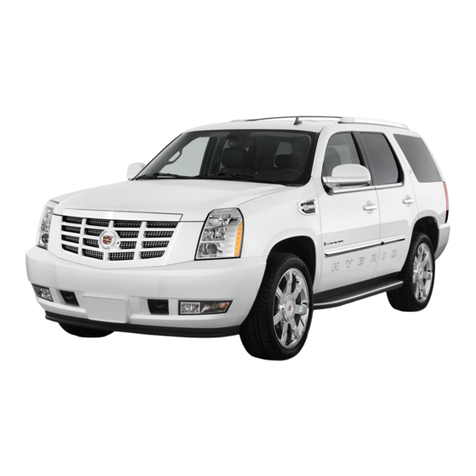183
4-5. Using the driving support systems
4
Driving
●
When a detectable vehicle is car-
rying a load which protrudes from
its cargo area
●
When a detectable vehicle has lit-
tle exposed metal, such as a vehi-
cle which is partially covered with
cloth, etc.
●
When a detectable vehicle is
irregularly shaped, such as a trac-
tor, sidecar, etc.
●
When the distance between the
vehicle and a detectable vehicle
has become extremely short
●
When a detectable vehicle is at an
angle
●
When snow, mud, etc. is attached
to a detectable vehicle
●
When driving on the following
kinds of roads:
• Roads with sharp curves or wind-
ing roads
• Roads with changes in grade,
such as sudden inclines or
declines
• Roads which is sloped to the left
or right
• Roads with deep ruts
• Roads which are rough and
unmaintained
• Roads which frequently undulate
or are bumpy
●
When the steering wheel is being
operated frequently or suddenly
●
When the vehicle is not in a con-
stant position within a lane
●
When parts related to this system,
the brakes, etc. are cold or
extremely hot, wet, etc.
●
When the wheels are misaligned
●
When driving on slick road sur-
faces, such as when it is covered
with ice, snow, gravel, etc.
●
When the course of the vehicle
differs from the shape of a curve
●
When the vehicle speed is exces-
sively high when entering a curve
●
When entering/exiting a parking
lot, garage, car elevator, etc.
●
When driving in a parking lot
●
When driving through an area
where there are obstructions
which may contact your vehicle,
such as tall grass, tree branches,
a curtain, etc.
●
When driving in strong wind
■
Situations in which the lane
may not be detected
●
When the lane is extremely wide
or narrow
●
Immediately after changing lanes
or passing through an intersection
●
When driving in a temporary lane
or lane regulated by construction
●
When there are structures, pat-
terns, shadows which are similar
to lane lines in the surrounding
●
When the lane lines are not clear
or driving on a wet road surface
●
When a lane line is on a curb
●
When driving on a bright, reflec-
tive road surface, such as con-
crete
■
Situations in which some or all
of the functions of the system
cannot operate
●
When a malfunction is detected in
this system or a related system,
such as the brakes, steering, etc.
●
When the VSC, TRAC, or other
safety related system is operating
●
When the VSC, TRAC, or other
safety related system is off
■
Changes in brake operation
sound and pedal response
●
When the brakes have been oper-
ated, brake operation sounds may
